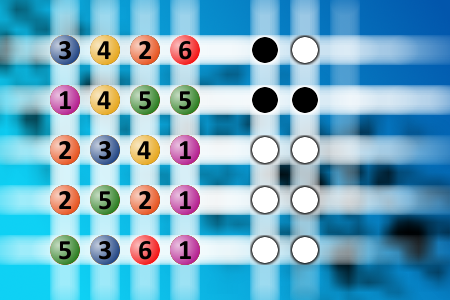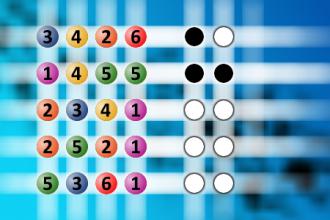Find the right combination
The computer chose a secret code (sequence of 4 digits from 1 to 6). Your goal is to find that code. Black circles indicate the number of hits on the right spot. White circles indicate the number of hits on the wrong spot.Correct answers: 8
#brainteasers #mastermind

Getting to Heaven from the Post Office
A preacher, newly called to a small country town, needed to mail a letter. Passing a young boy on the street, the pastor asked where he could find the post office. After getting his answer, the minister thanked the boy and said, “If you’ll come to the community church this evening, you can hear me tell everyone how to get to heaven.” “I don’t know, sir,” the boy replied. “You don’t even know how to get to the post office!”

